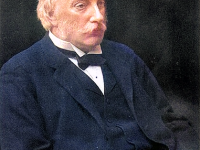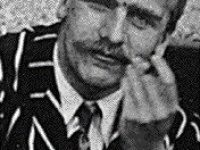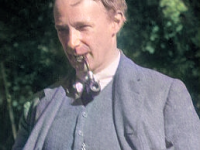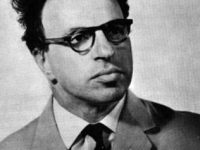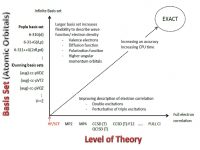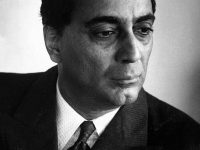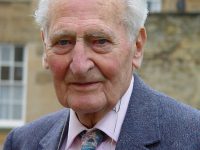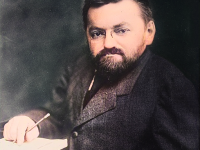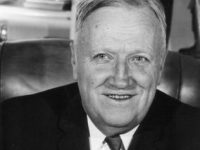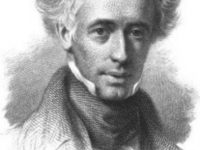John William Strutt and the Rayleigh Scattering
On November 12, 1842, English physicist John William Strutt, 3rd Baron Rayleigh was born. Rayleigh with William Ramsay, discovered argon, an achievement for which he earned the Nobel Prize for Physics in 1904. He also discovered the phenomenon now called Rayleigh scattering, which can be used to explain why the sky is blue, and predicted the existence of the surface waves now known as Rayleigh waves. Education and the Theory of Sound…
Read more

